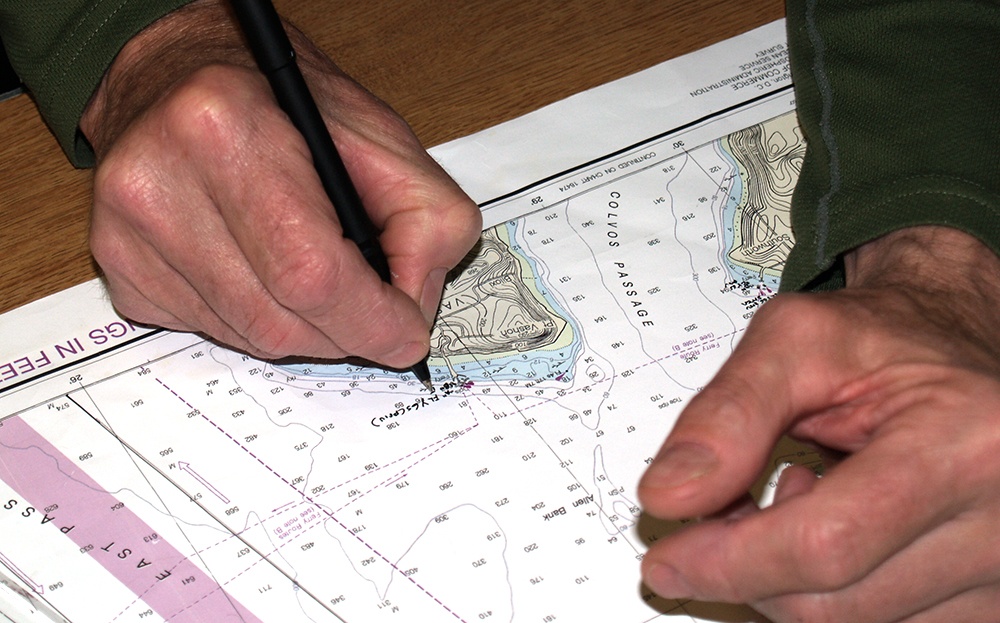
To pilot your ship safely, you must carry paper nautical charts in your own boat. Becoming acquainted with nautical chart fundamentals will form a base for understanding how to read the graph symbols which reveal stations, water depth, buoys and lighting, landmarks, obstacles, and other significant information that will guarantee safe passage.
Read the General Information Block
The overall information block of the graph indicates the graph name, normally the title of this navigable water from the covered area (Tampa Bay), the sort of projection and also the unit of measurement (1:40,000, Soundings in Feet). In the event the unit of measurement is fathoms, then 1 fathom equals six feet.
The notes in the overall information block provide the significance of abbreviations used on the graph, particular caution notes, and benchmark anchorage places. Reading these can offer significant details regarding the waterways you browse not located elsewhere on the graph.
Having many different graphs will serve you nicely. Depending on the location you’ll be navigating, distinct graphs will be necessary since they’re created in various scales, or ratios (kind of projection). Sailing graphs are utilized for open sea navigation, but if you don’t would like to cruise long distances, then this graph typically won’t be essential.
General graphs are utilized for coastal navigation in sight of land. Coastal graphs zoom in on one specific part of a larger region and therefore are utilized for surfing bays, harbors, or inland waterways. Harbor graphs are employed in harbors, anchorages, and tiny waterways. Small craft graphs (revealed ) are specific editions of traditional charts printed on lighter paper in order that they may be folded and stored in your boat.
Learn Lines of Latitude and Longitude
Nautical graphs can pinpoint your position with lines of latitude and longitude. The latitude scale runs vertically across either side of the graph suggesting North and South together with all the equator since the zero point; the longitude scale runs vertically towards top and bottom of this graph, also suggests East and West together with the Prime Meridian as the zero point.
Become Acquainted With Soundings and Fathom Curves
Among the most significant features of a NOAA charts is to demonstrate the thickness and bottom characteristics via amounts, colour codes and submerged contour lines. The figures indicate soundings and reveal the thickness in that area at low tide.
Soundings in white signify warm water, which explains the reason why stations and open water are usually white. Shoal water, or shallow water, is suggested by blue on the graph and needs to be approached with care utilizing a depth finder.
Find the Compass Roses
Nautical graphs have more compass roses printed on them. A compass rose can be utilized to quantify instructions employing magnetic or true bearing. True management is printed round the exterior, while magnetic is published round the interior. Variation is the distinction between magnetic and true north for the coated place. It’s published with yearly shift in the middle of the compass rose.
The compass rose can be used to plot a path when browsing using leadership bearings.
Find the Distance Scales
The previous section of this graph to notice is the space scale. This can be really a tool used to measure space of a particular class drawn on the graph in nautical miles, yards, or meters. The scale is printed on top and bottom of the graph. The latitude and longitude scale may also be used to measure space.
Thus far, we have learned the fundamental elements of nautical charts.
